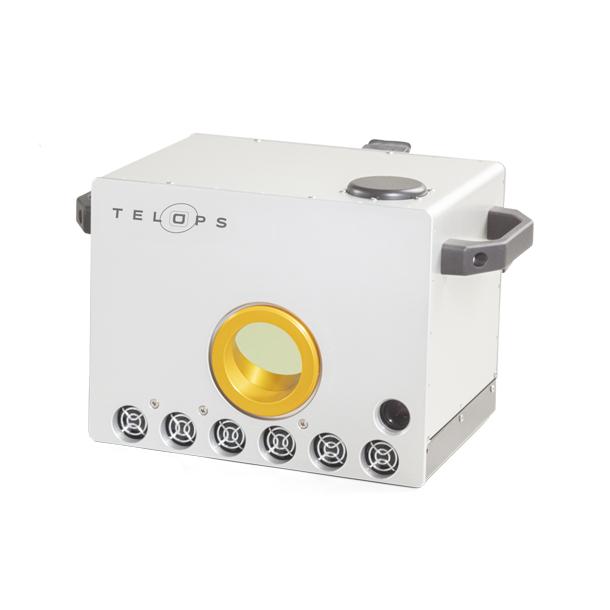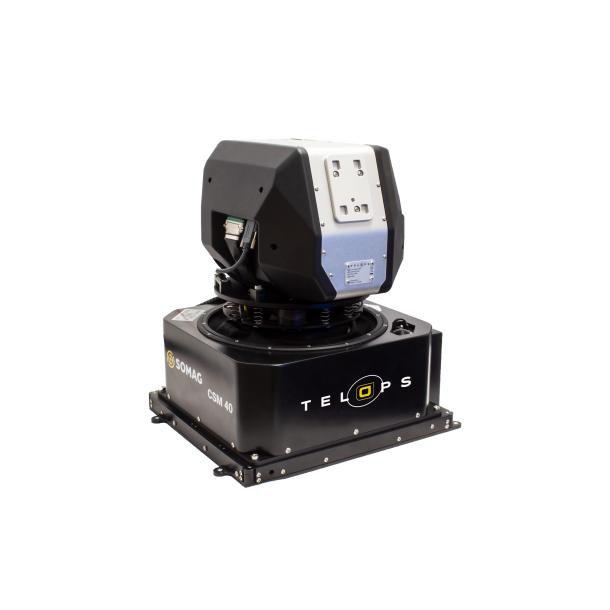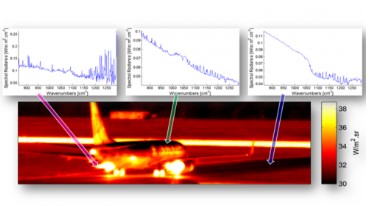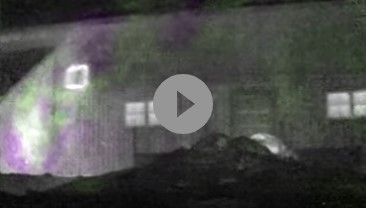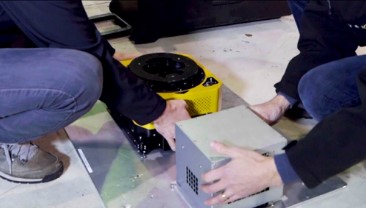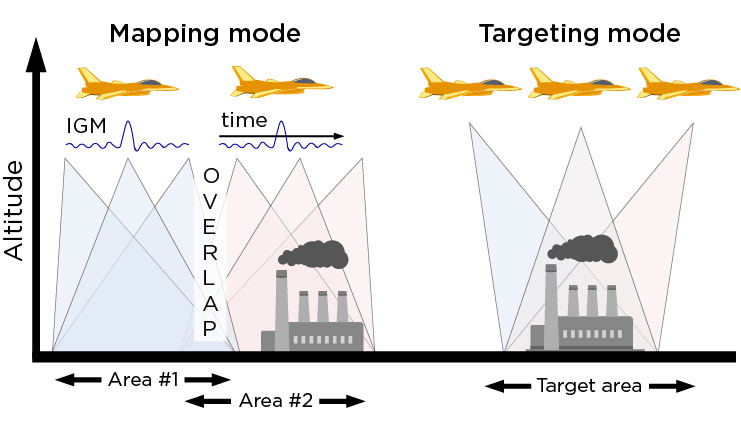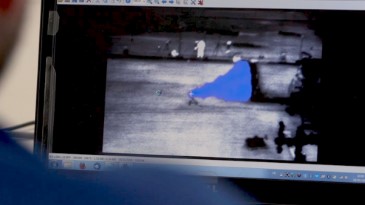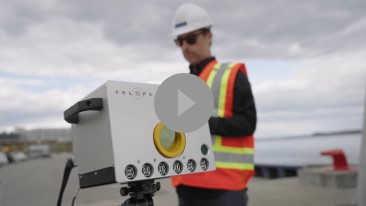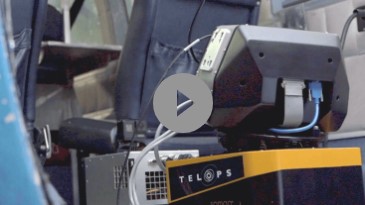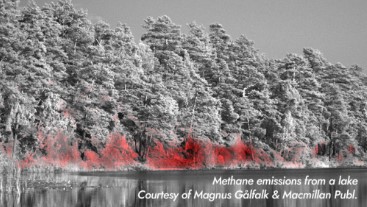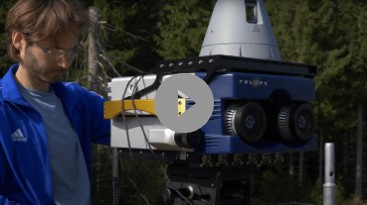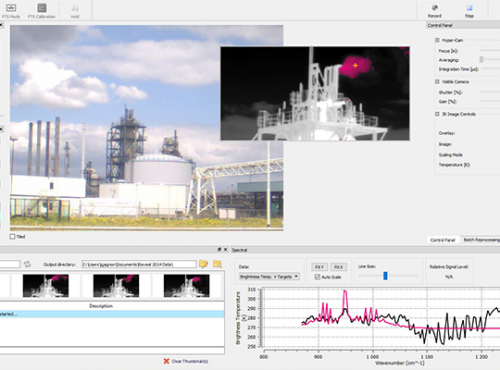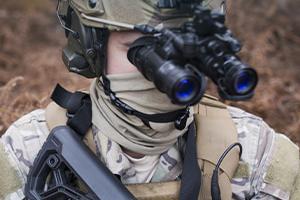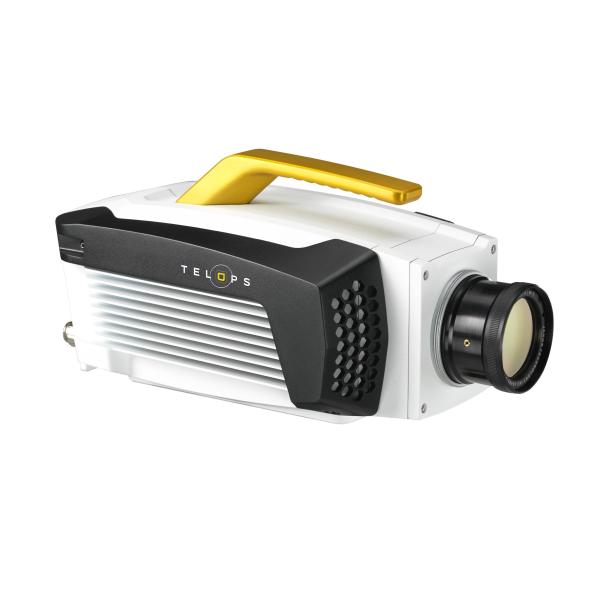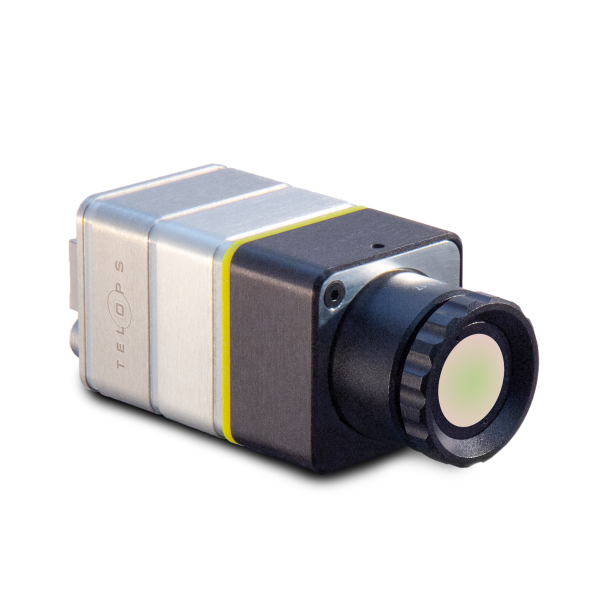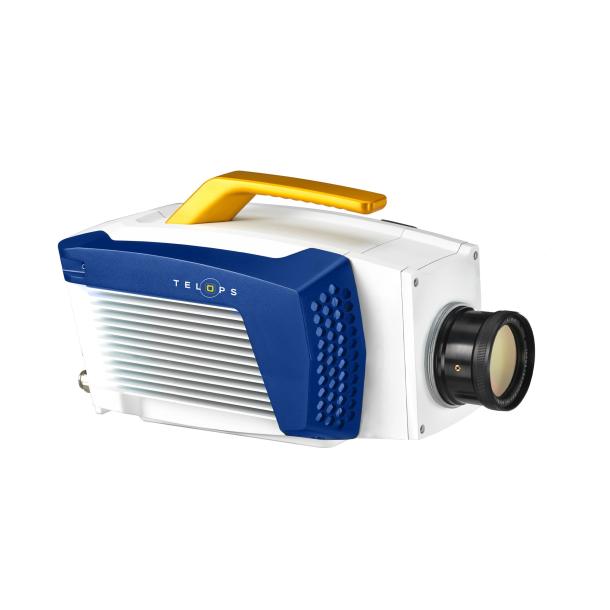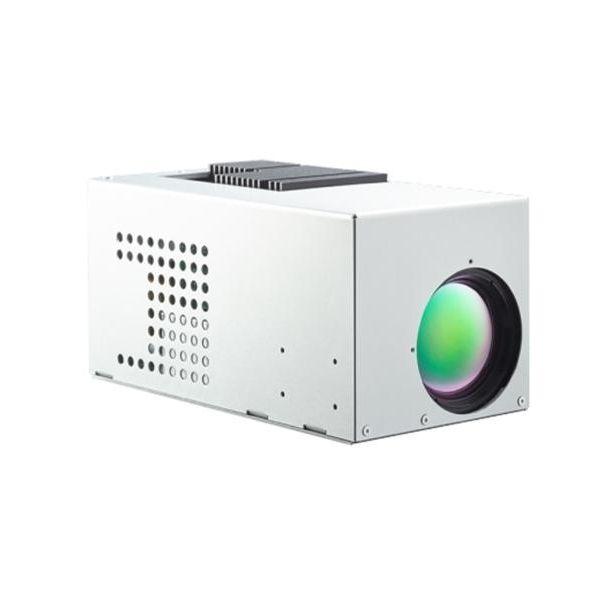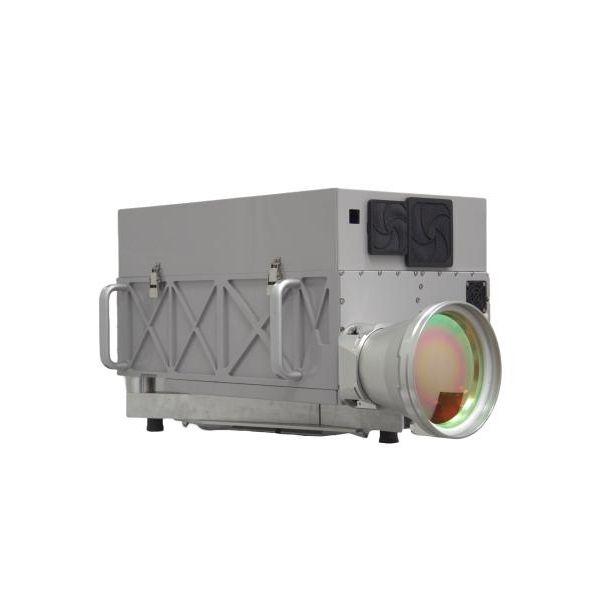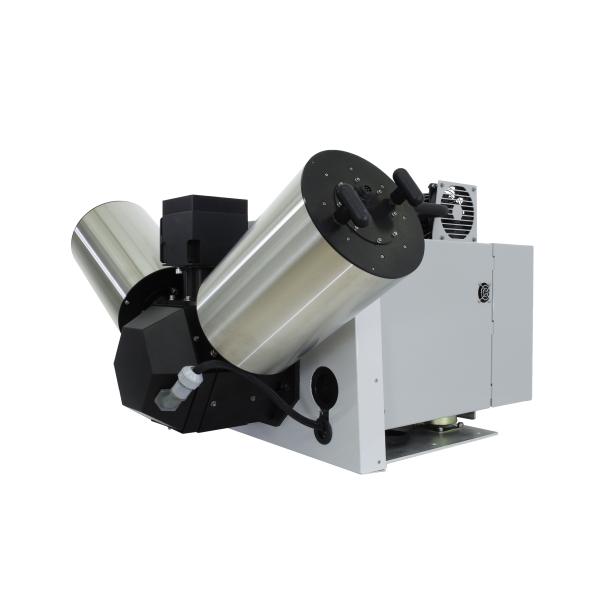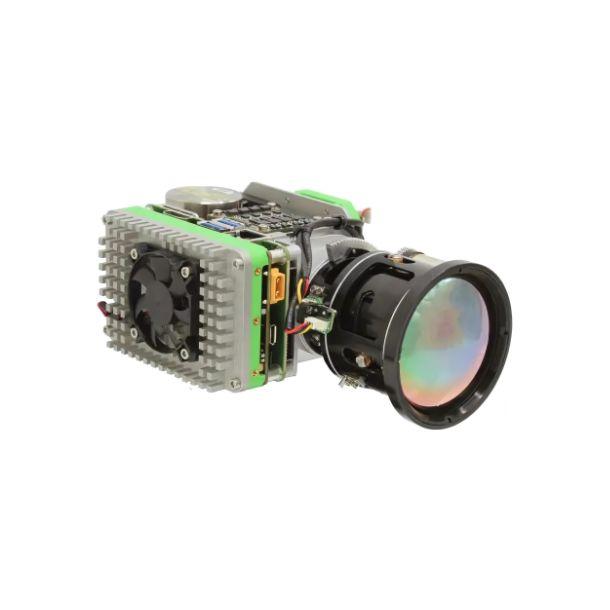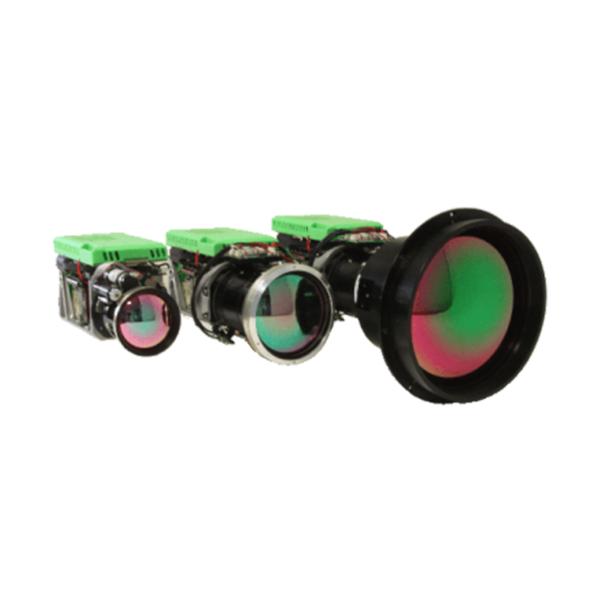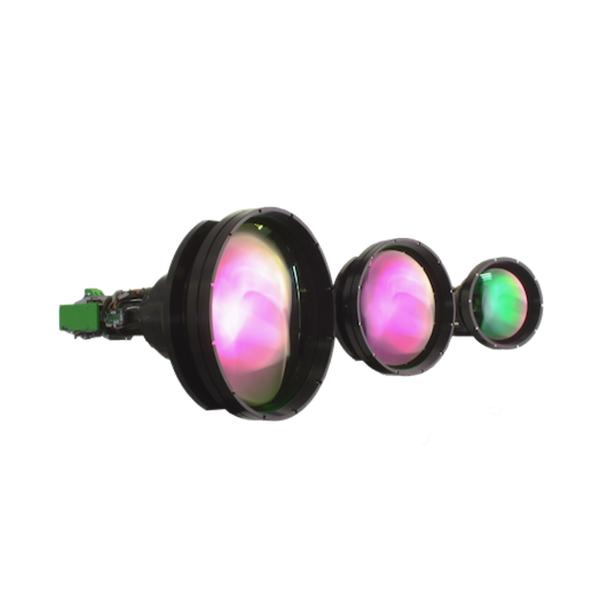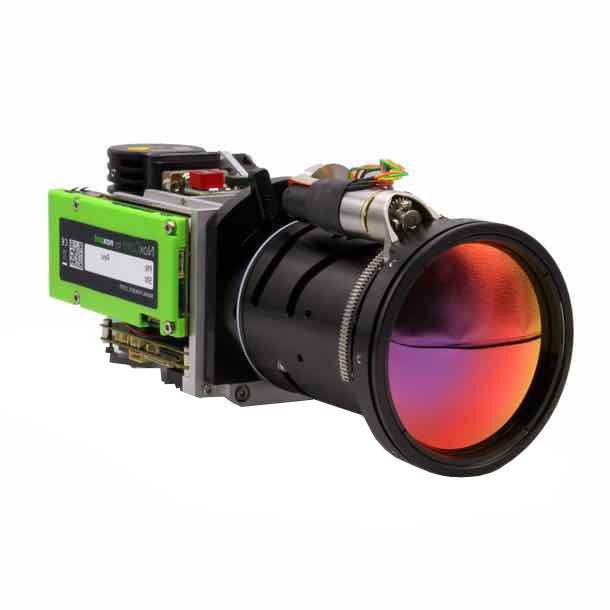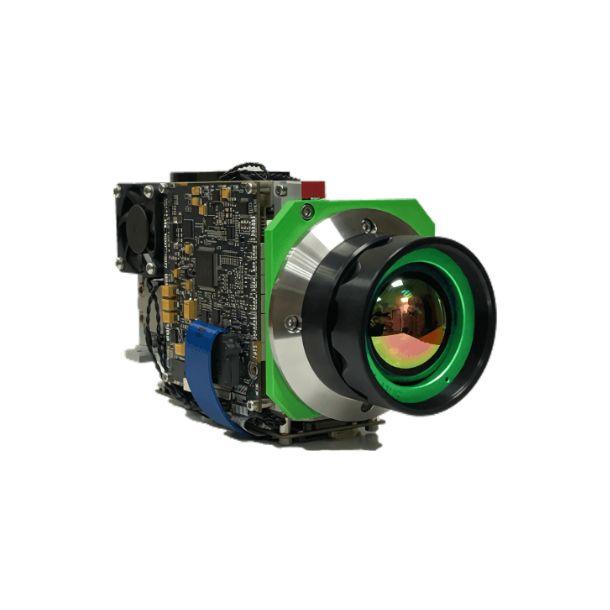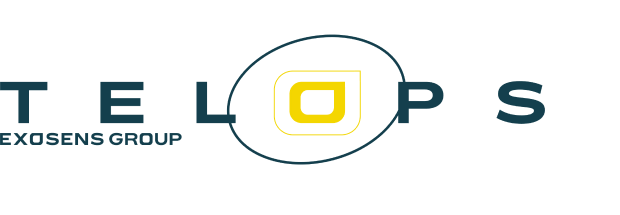
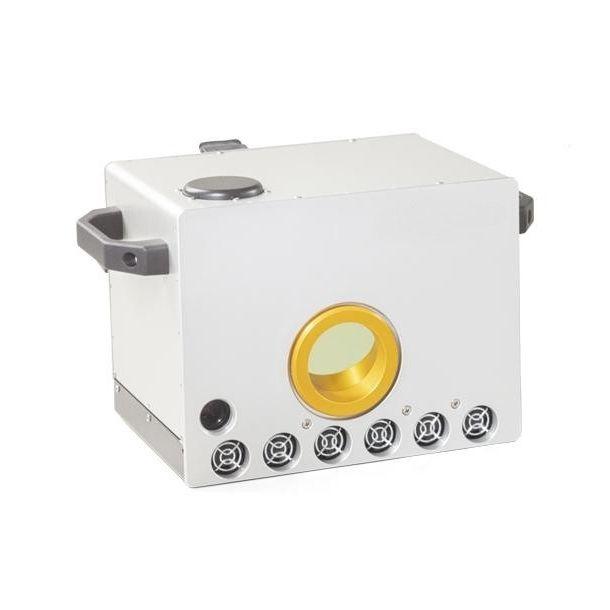
Hyperspectral Cameras
The Hyper-Cam is an advanced passive infrared hyperspectral imaging system. This remote sensing instrument combines high spatial, spectral and temporal resolution providing unmatched performances. It is a versatile tool for remote detection, identification and quantification.
Hyperspectral Cameras
Contact sales or request a quote
Contact us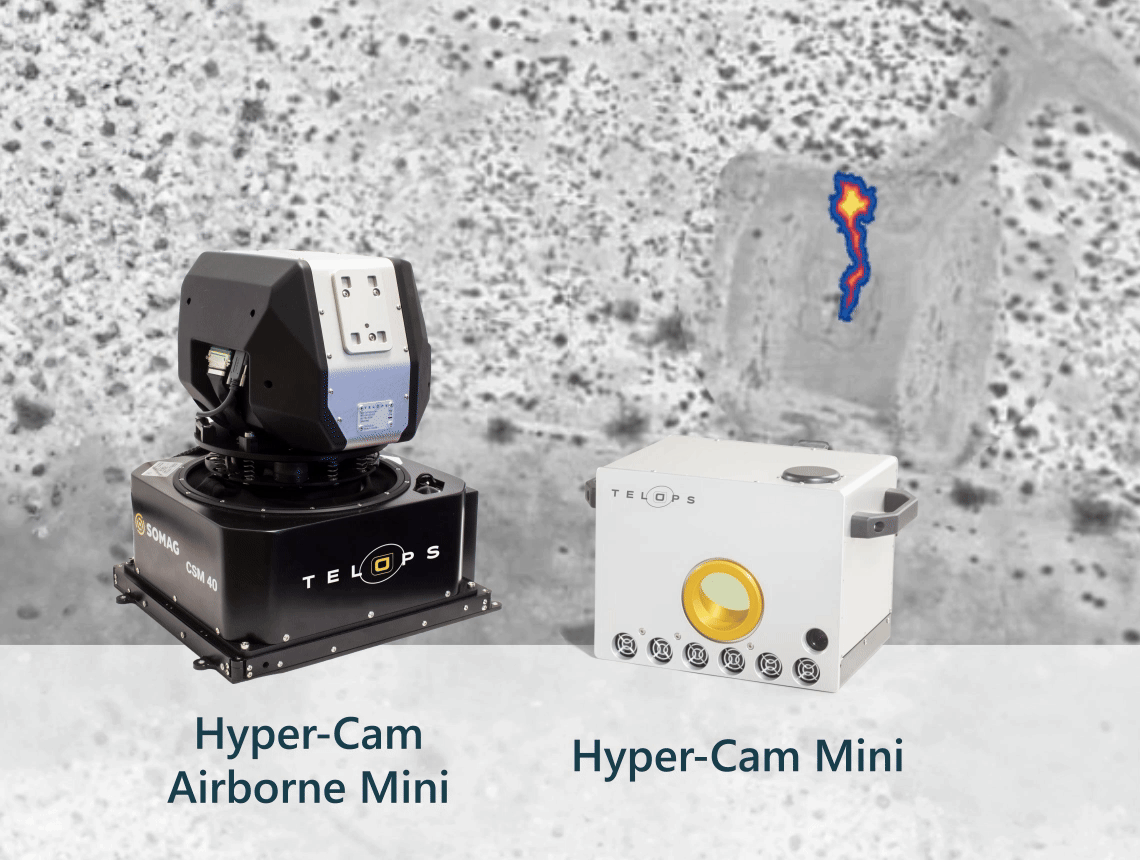
Description
The Hyper-Cam is an advanced passive infrared hyperspectral imaging system that combines high spatial and spectral resolution. It provides real-time radiometrically calibrated data for gas and mineral detection and identification. It is offered in ground-based format, but also as a compact airborne hyperspectral imaging system: the Hyper-Cam Airborne Mini.
The Hyper-Cam Airborne Mini is a revolutionary hyperspectral imaging system that is designed to fit small aircrafts and other compact vehicles. This lightweight imaging sensor is a versatile tool for hyperspectral IR surveys, and a unique instrument for real-time gas detection, identification and quantification.
Technical Information
Mini Series | ||||
|---|---|---|---|---|
| Spectral range (µm) | Detector Type | Spatial Resolution (px) | Pixel Size (µm) | |
Hyper-Cam Airborne Mini | 7.5 - 12.4 | SLS | 320 x 256 | 30 |
Hyper-Cam Mini | 7.5 - 12.4 | SLS | 320 x 256 | 30 |
Documentation
Technical Support Videos
Brochure/Leaflet

Testimonials
Israel Institute for Biological Research (IIBR)
"We have an excellent ongoing experience with the Hyper-Cam LWIR hyperspectral sensor since 2006. We have used the obtained database for diverse R&D projects in the fields of gas detection and quantification, aerosol classification, validation of radiative transfer models and many other applications of environmental monitoring."
- Eyal Agassi, PhD, Senior researcher, Environment physics department, IIBR
